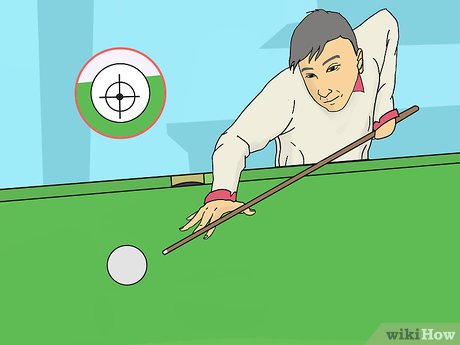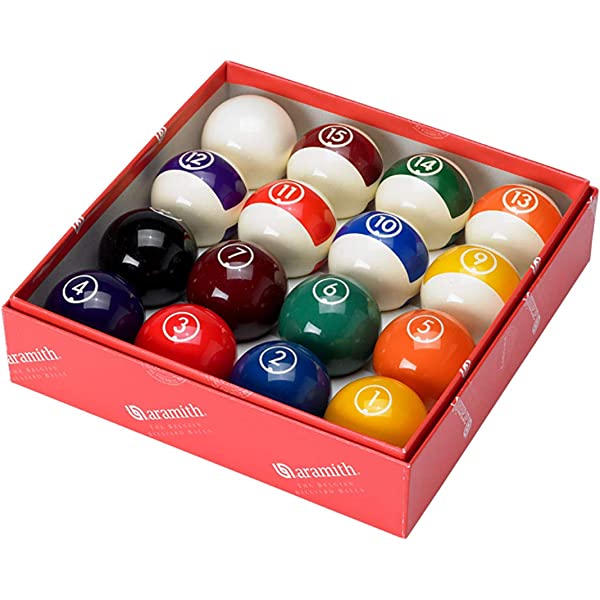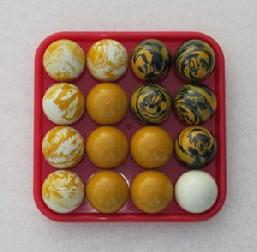
While pool and billards are both very similar, there are a few key differences. They use different table sizes. Billiards tables are much bigger than pool tables, and they use much larger balls. Billiards cues are also thicker and shorter than pool cues.
Carom-billiards doesn't require any pockets
Carom billiards have a distinct advantage over pocket billiards, in that the balls are not held in pockets. Three balls are used instead of the usual 4. The cue is used to aim the balls at certain points. These games require great skill and ingenuity. Each player has three attempts. Each player has three chances to earn 500 points. However, the highest score recorded is 427.
Carom-billiards has two goals: To score as many points against your opponent as possible and to do it in a specified time. A successful shot earns you one point. Misses are not penalized. Aramith Carom Balls allow players to attempt artistic billiards.
Only 3 balls are used
Both pool and billiards can be considered variations on the carom game. Both games employ three balls, a caromball and a redball. The cue ball in carom billiards is the red ball. The other two balls are called the yellow and brown balls. Both games are played on pool tables that are five by ten feet.

Billiards is played at a 5-by-10-foot pocketless table and three balls. In three-cushion, the cueball is marked on one end with a small black dot. The object ball is always marked with a red dot. The aim of the game is to score as many points as possible.
A directional nap is a distinctive feature of Snooker cloth
Snooker cloth has a distinct directional nap that affects the trajectory of the ball. It is made entirely of wool and is thick. This is different from carom cloth, which is usually worsted and made for speed. Both types of cloths have different purposes and are used for different games.
It is easiest to see the difference in direction when you are moving slowly towards the middle. If the ball has been played without weight, it is more likely to sink into the side cushions. You can avoid this by shooting towards the middle pocket's far jaw or the inside.
Modern billiards cues
Modern billiards cues differ from pool cues in many ways. They can be made from different materials and have male and female connections made almost exclusively from brass or steel. These materials are resistant to temperature fluctuations and shrink less than other material. Many cues are made with precious stones or silver inlays.
Billiards evolved from stick and ball games played outdoors. Ground billiards is also known as the game. It's similar to modern games such as croquet and golf. Modern billiards cues were designed for different purposes, despite similarities.

History of billiards
The history of pool and billiards can be traced back to the 14thcentury when ground billiards was invented. The origin of the word 'billiards' is unclear, but two French words are suspected of being the source. One is 'billette,' which refers to the mace stick used to bash balls, while the other is 'bille,' meaning tail. Frenchmen were also involved in the game's development, along with the English-language creators.
In England and Europe, pool and billiards became very popular in the 18th century. King Henry VIII, Edward VI and the Archbishop of Glasgow both attended events that featured games of pool, and Cardinal Thomas Wosley, a friend of the king, wrote a letter praising the game. In the 17th century, billiards was considered a noble game, with French kings and noblemen commissioning joiners to construct their billiard tables. Over the centuries, the game has changed significantly with the changing role of pockets.